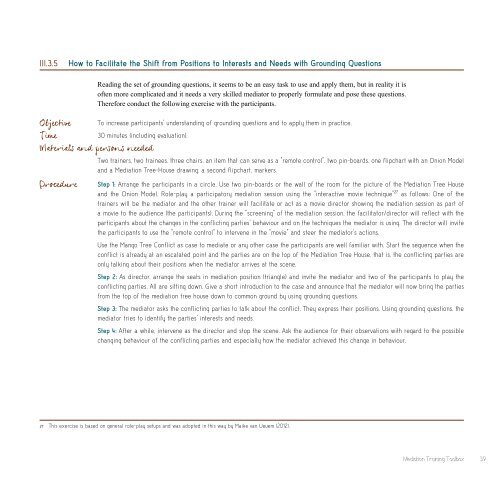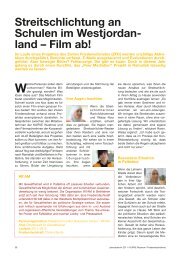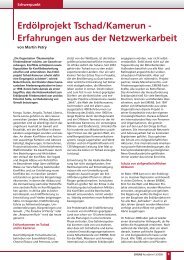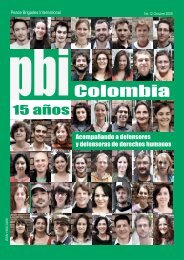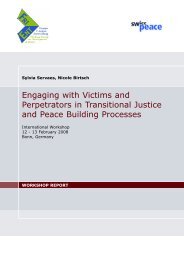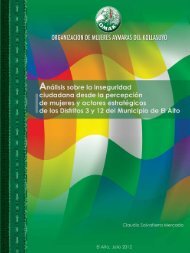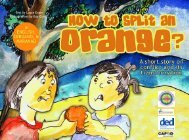Merging Ethiopian Wise-Counsel Mediation and Facilitative ...
Merging Ethiopian Wise-Counsel Mediation and Facilitative ...
Merging Ethiopian Wise-Counsel Mediation and Facilitative ...
- No tags were found...
Create successful ePaper yourself
Turn your PDF publications into a flip-book with our unique Google optimized e-Paper software.
III.3.5 How to Facilitate the Shift from Positions to Interests <strong>and</strong> Needs with Grounding QuestionsReading the set of grounding questions, it seems to be an easy task to use <strong>and</strong> apply them, but in reality it isoften more complicated <strong>and</strong> it needs a very skilled mediator to properly formulate <strong>and</strong> pose these questions.Therefore conduct the following exercise with the participants.To increase participants' underst<strong>and</strong>ing of grounding questions <strong>and</strong> to apply them in practice.30 minutes (including evaluation).Two trainers, two trainees, three chairs, an item that can serve as a "remote control", two pin-boards, one flipchart with an Onion Model<strong>and</strong> a <strong>Mediation</strong> Tree-House drawing, a second flipchart, markers.Step 1: Arrange the participants in a circle. Use two pin-boards or the wall of the room for the picture of the <strong>Mediation</strong> Tree House<strong>and</strong> the Onion Model. Role-play a participatory mediation session using the "interactive movie technique" 27 as follows: One of thetrainers will be the mediator <strong>and</strong> the other trainer will facilitate—or act as a movie director showing the mediation session as part ofa movie to the audience (the participants). During the "screening"”of the mediation session, the facilitator/director will reflect with theparticipants about the changes in the conflicting parties' behaviour <strong>and</strong> on the techniques the mediator is using. The director will invitethe participants to use the "remote control" to intervene in the "movie" <strong>and</strong> steer the mediator's actions.Use the Mango Tree Conflict as case to mediate or any other case the participants are well familiar with. Start the sequence when theconflict is already at an escalated point <strong>and</strong> the parties are on the top of the <strong>Mediation</strong> Tree House, that is, the conflicting parties areonly talking about their positions when the mediator arrives at the scene.Step 2: As director, arrange the seats in mediation position (triangle) <strong>and</strong> invite the mediator <strong>and</strong> two of the participants to play theconflicting parties. All are sitting down. Give a short introduction to the case <strong>and</strong> announce that the mediator will now bring the partiesfrom the top of the mediation tree house down to common ground by using grounding questions.Step 3: The mediator asks the conflicting parties to talk about the conflict. They express their positions. Using grounding questions, themediator tries to identify the parties' interests <strong>and</strong> needs.Step 4: After a while, intervene as the director <strong>and</strong> stop the scene. Ask the audience for their observations with regard to the possiblechanging behaviour of the conflicting parties <strong>and</strong> especially how the mediator achieved this change in behaviour.27 This exercise is based on general role-play setups <strong>and</strong> was adopted in this way by Maike van Ueuem (2012).<strong>Mediation</strong> Training Toolbox39


